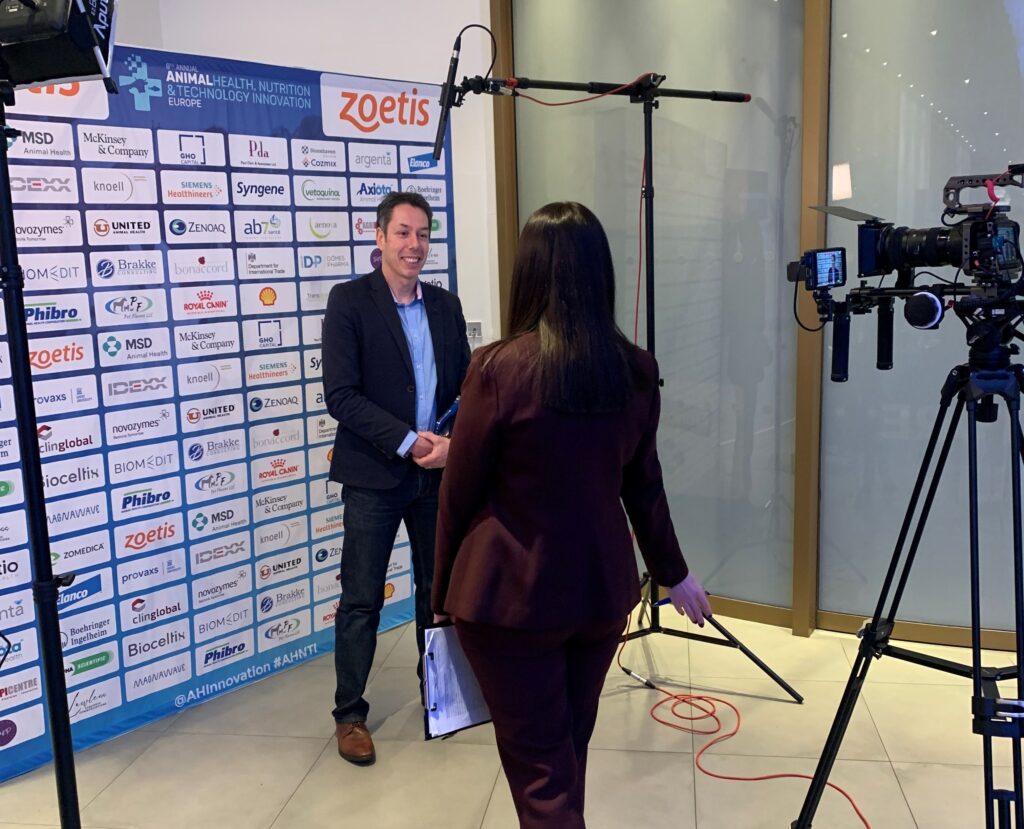Therefore, we asked two of our startup members about what they do and how they work to improve fish health and welfare. First up is WellFish Diagnostics, and their CEO Prof. Brian Quinn explained the benefits of their concept.

What do you do?
– WellFish Diagnostics have pioneered high-throughput processing of serum from blood that has been non-lethally sampled from fish, for health monitoring and diagnostic applications, Quinn says.
He explains that they can advise fish health managers and veterinarians on the health status of their fish based on their blood chemistry by using high-capacity machines and advanced data analysis.
They can, for example, provide detail on the functioning of specific tissues or organs, as well as provide an overview of fish homeostasis.
How do you contribute to better fish health?
– Changes in blood biomarker profiles are often the first indication that something is not right, Quinn says.
Following the analysis of many ‘000s of samples, WellFish’s AI model has learnt to spot profiles that are associated with specific health panels including gill health, cardiac health, pancreas health etc.
– When biomarkers are abnormal, the responsible vet can be quickly advised allowing fast intervention where appropriate or, in some cases, a delay to intervention whilst “fitness to treat” is restored, he says.
Quinn and his team clearly demonstrate the possible benefits by combining biology and technology! We look forward to seeing more.
Ready for more technology that improves fish health and welfare? Read part two here.